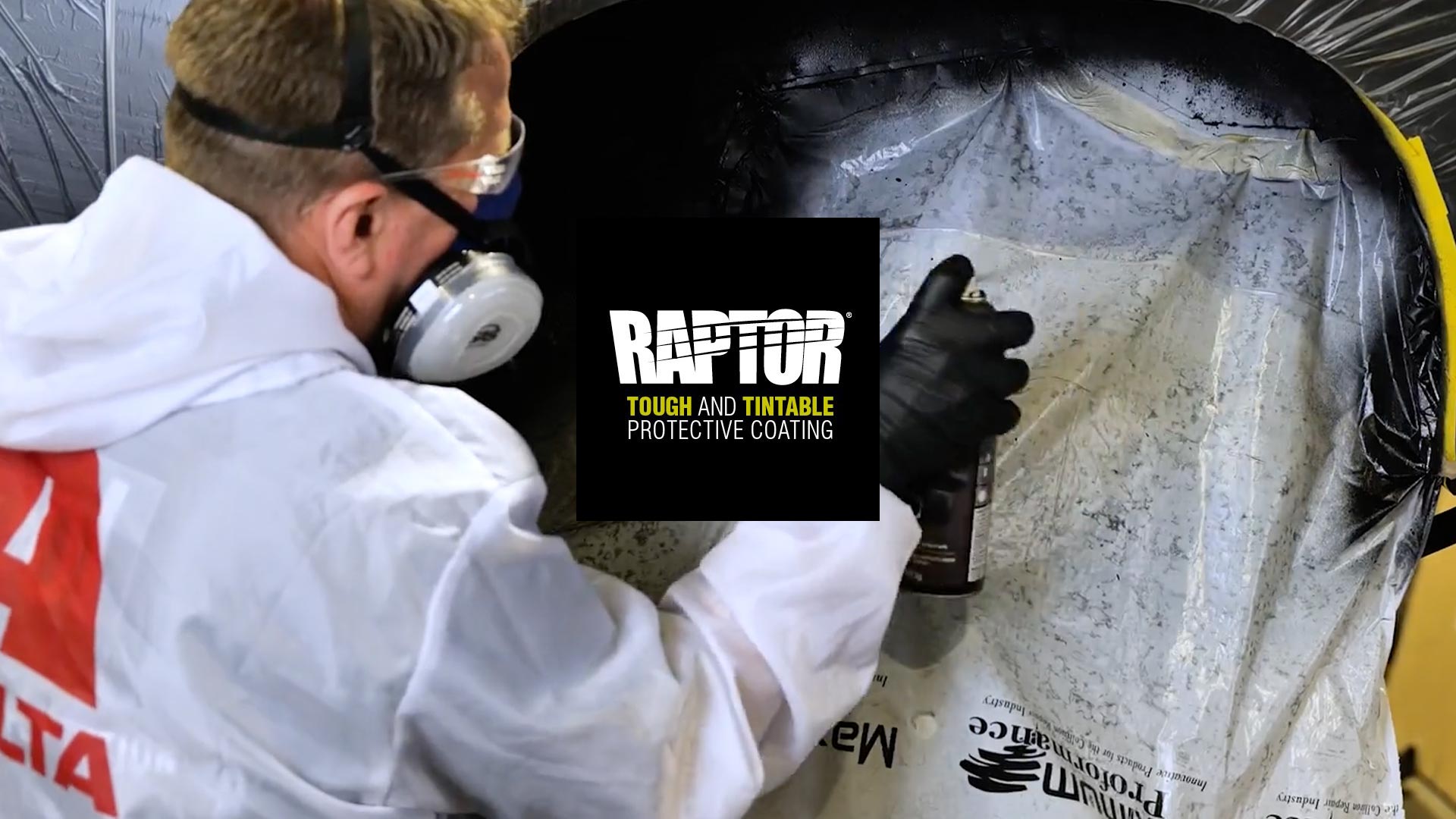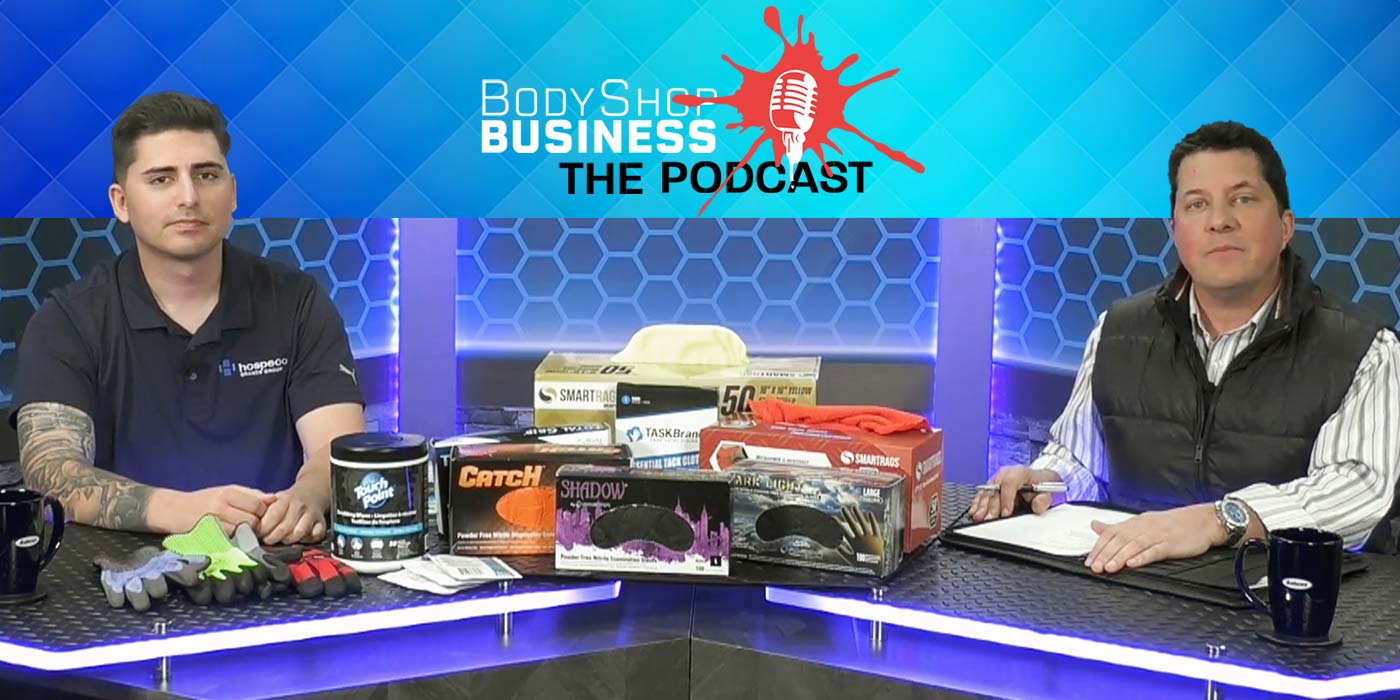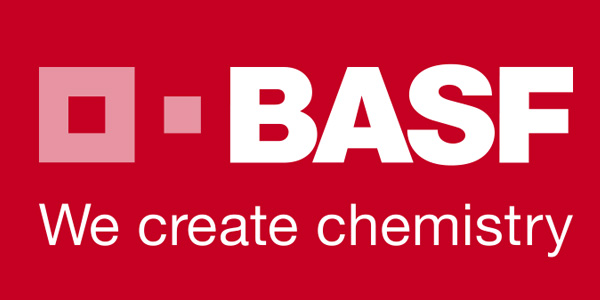Since I’m not a car painting pro, I couldn’t answer a question raised by one of our body prep guys regarding complete prime vs. spot prime. There are two scenarios: a typical metal car and a fiberglass car. First, the ’74 Corvette we’re doing a complete paint job on. It will be same color, the body was completely sanded down with 600, some glass patch work and chip repair was done, etc. Otherwise, the existing paint was in pretty good shape. The painter chose to prime the entire car which, of course, required re-sanding the car over again. The body man said that was a waste of time and material when we could have just primed the areas that were patched/repaired. I did some web research and there doesn’t seem to be much consensus on what’s right or wrong. Is this issue a matter of painter’s discretion, past training, etc., or is there really a best practice?
The second case would be a typical sheetmetal car. I understand about existing paint condition, crazing, bare metal areas, etc. We’re also working on a ’65 Mustang. There is a lot of filler, uneven surfaces, etc. It would seem to make sense to completely prime this one. In another case, we’re about to repaint a DS21 Citroën. This one will go from white to medium blue. Other than rust repair here and there, the paint is in great shape, although block sanding shows some panel unevenness so there will be spotty filler here and there. Does complete prime make sense in a case such as this? As for paint, we’re using waterborne base, solvent clear.
Question asked by Bill Carlton, South Bay Body Shop, Redwood City, Calif.
Repriming the entire Corvette is a good idea as it’s going to be a complete paint job. The areas that were patched, of course, will get a thicker coat of primer than the rest of the car. It depends on how straight you want the vehicle as Corvettes are notoriously wavy. I would want any complete to be completely epoxy sealed and then thick fill primed with extra coats on the repaired areas. Then, the whole key is to guide coat the body and block it out very straight with some 220, guide coat again, then go to 320 then 400. It’s then ready to epoxy seal and paint. If you didn’t prime and guide coat the entire car, you would invariably miss some small rock chips and not have enough material to block it as straight as possible. It also depends on whether budget is the biggest factor. If budget is a problem, by all means just spot prime the repaired areas, block out, seal and paint. Just make sure the customer knows that whatever his budget is reflects the final outcome of his vehicle. Most people want a 10-point show car paint job for $5,000. My biggest concern with Corvettes is the body work being done right. If you do it right, you won’t have any comebacks from it failing.
To address the other cars, people have no comprehension of the cost of what you’re doing. Completes are big losers most times, and materials and labor are mind-bending. You have to make sure that the customer knows all the steps and, when you find surprises, they have to know immediately that renegotiation is required. I like telling people that you cover all the materials and give them a ballpark price, and It could go up from there. They need to look at the invoices for paint and materials If you pay, or tell them what you need and have them go pay for it and deliver the materials. There are so many variables involved. The bottom line is you want to do a great job so the customer always comes in and says, ‘Wow! This looks awesome!’ and refers you to all his friends. You always have to balance the budget with quality and your reputation…if you’re trying to build up your reputation. I would rather put in the extra hard work – because that’s how you develop a top-notch reputation.
Some cars and people you can’t make happy no matter what, but you should at least try. Once you get on top of the heap and have your work in magazines and run a clean shop, you’re way ahead. But sometimes you have to work within a budget and you just can’t perform miracles and you have to make a profit. Go to a lot of good hot rod and other top-notch shops, and if they’re human they’ll be glad to pass on some advice as to how they got on top of the heap.













